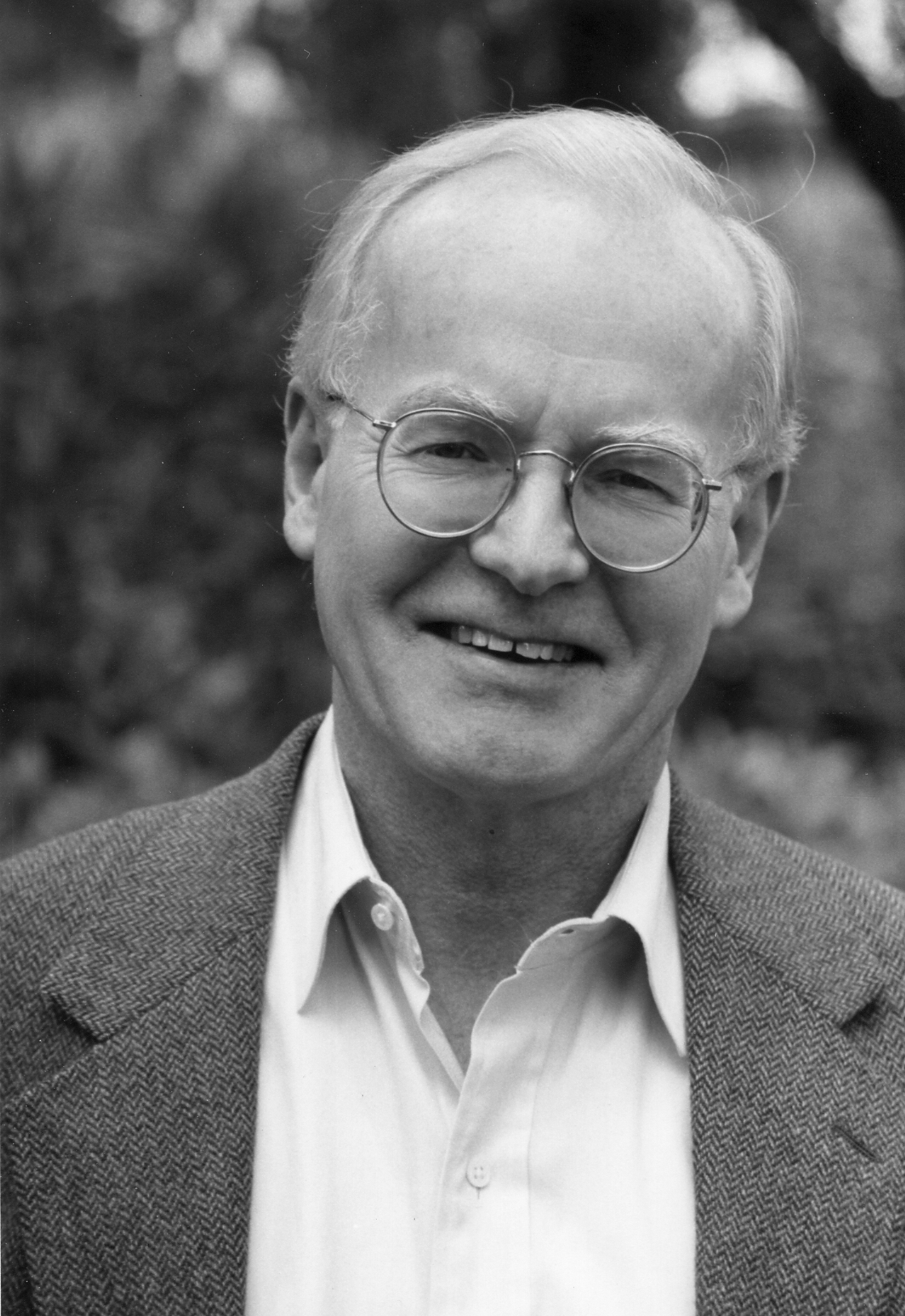
AnthonyFlood.com
Panentheism. Revisionism. Anarchocapitalism.

[link to CV]
From Science and Theology News Online, April 26, 2005.
Panentheism’s Significance for Science and Religion
David Ray GriffinPanentheism, the doctrine that all things exist within the divine reality, has been around for centuries. The term itself was coined—in German—near the beginning of the 19th century by Karl Christian Friedrich Krause, and English-speaking theologians have used it since the end of that century.
In the United States, the term became known through the writings of Charles Hartshorne, especially his 1953 book, Philosophers Speak of God, which presented psychologist Gustaf T. Fechner and philosopher Friedrich W.J. Schelling as the first of the “modern panentheists” and Alfred North Whitehead as the “outstanding” one.
Recently, “panentheism” has come to be used positively by theists of many different varieties. Philip Clayton has written of “the panentheistic turn” in theology. Michael Brierley has referred to this turn as “a quiet revolution,” and Clayton has, with Arthur Peacocke, edited a volume with 18 contributors, subtitled “Panentheistic Reflections on God’s Presence in a Scientific World.”
This greatly increased openness to the idea of panentheism presents both an opportunity and a danger.
The opportunity arises from the widespread understanding of panentheism as a via media between a “higher synthesis” of classical theism and pantheism. Panentheism thus understood retains the strengths of those traditional doctrines while avoiding their weaknesses. Like classical theism, panentheism resists the identification of God with the world. Rather, by saying that the world is “in” God, panentheism holds that God is more than the world. As such, God can exert causal influence on the world, and the distinction between “is” and “ought” is retained.
Panentheism agrees with pantheism, however, in denying the idea—taught by classical theism—that the world is a purely contingent creation of a deity who could have existed apart from this or any other world. By saying, instead, that it belongs to the very nature of God to be in relation to a world, panentheism implies that, although our particular world is contingent, its most fundamental principles are necessary, hence inviolable. As Hartshorne put it, God has a contingent as well as a necessary dimension, and the world has a necessary as well as a contingent dimension.
Panentheism, thereby, endorses the assumption almost universally held by the intellectual leaders of the scientific community that the basic causal principles of the world cannot be interrupted. Although panentheism affirms divine influence in the world, this influence is seen not as a violation of the world’s normal causal processes but as one of its regular dimensions. In this way, panentheism overcomes the basic source of perceived conflict between the scientific and the theistic communities.
With this same doctrine, panentheism also overcomes the other primary reason for the rejection of theism—the problem of evil, insofar as this problem has been created by the assumption that the term “God” refers to a being who could occasionally intervene to prevent particular evils. Also relevant to the problem of evil is panentheism’s rejection of divine inertia in favor of the idea that God suffers with the world’s suffering.
The increasing popularity of panentheism, accordingly, holds out the promise that in coming generations the scientific and theistic communities might share the same basic world view.
But this increased popularity also brings a danger—that “panentheism” will be appropriated for doctrines devoid of this promise. There has been a tendency to extend the term to various doctrines that have modified classical theism sufficiently to say that the world is “in” God, in the sense of affecting God, but that otherwise retain the defining characteristics of classical theism.
According to Clayton’s “The Case for Christian Panentheism,” for example, God could have existed without creating a world, so a world exists only because God freely chose to create it. Likewise, Niels Henrik Gregersen, while referring to Whiteheadian and Hartshornean process theism as “full-blown” panentheism, says that as a Christian he can affirm only a “qualified panentheism,” according to which God is “truly infinite” and hence does not need a world.
The tendency to construe panentheism so broadly that it can include slightly modified forms of classical theism is illustrated by Gregersen’s suggestion that what is distinctive about panentheism—the only idea shared by all its versions—is the idea of a real two-way interaction between God and world. The problem is that although Gregersen, like others, characterizes panentheism as a middle way between pantheism and classical theism, his own “qualified panentheism” is simply a version of supernaturalism. With panentheism defined so broadly, it loses its promise to overcome the problem of evil and the tension between the worldviews of the theistic and the scientific communities.
My account of panentheism is not neutral. It is a plea to limit the term “panentheism” to those doctrines that truly stake out a middle position between pantheism and classical theism by stipulating that although God is distinct from the world and our particular world exists contingently, the existence of a world of finite entities—some world or other—is as fully natural as is the existence of God.
David Ray Griffin Page